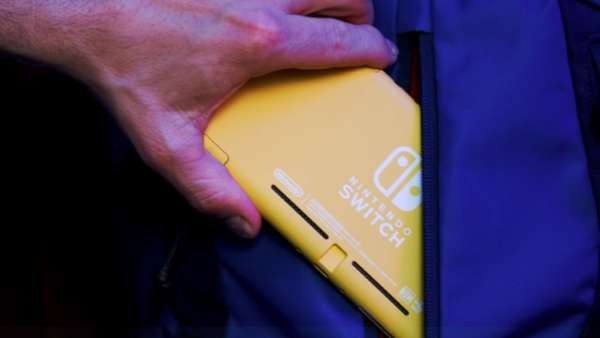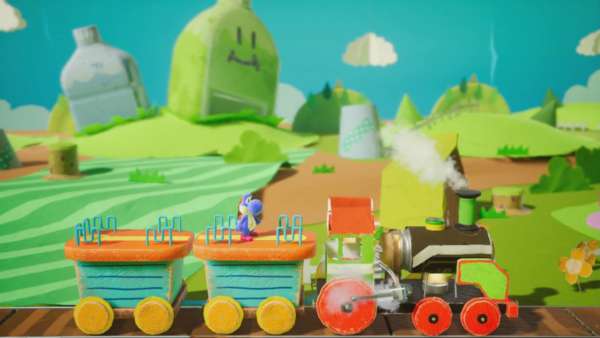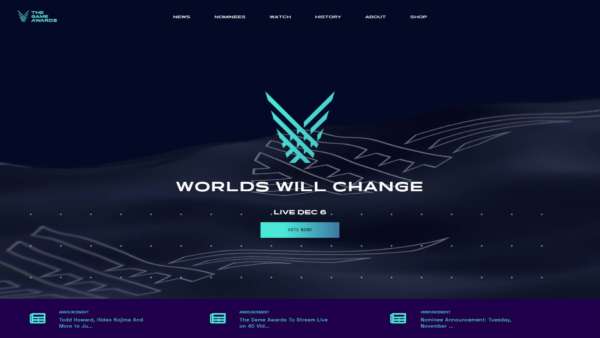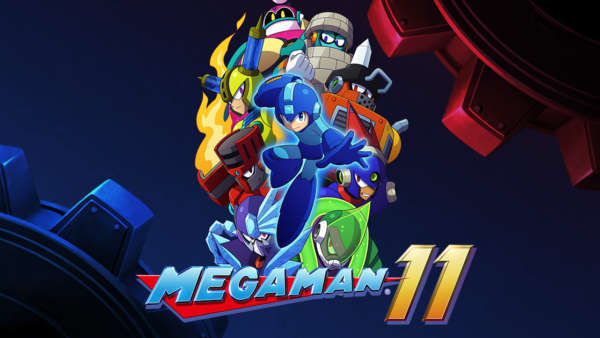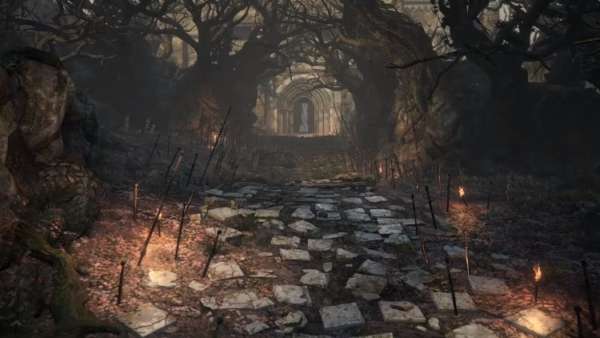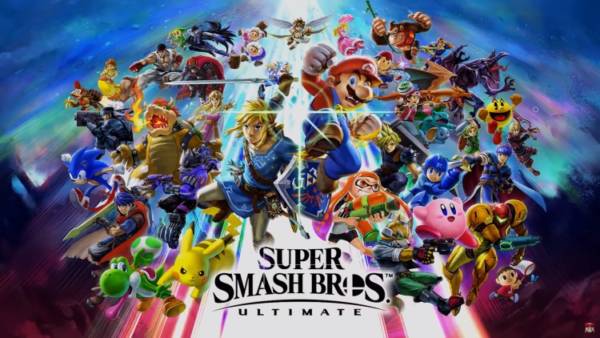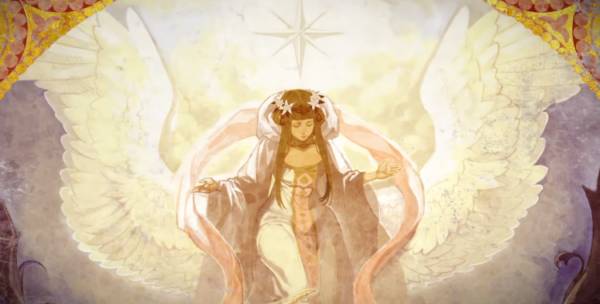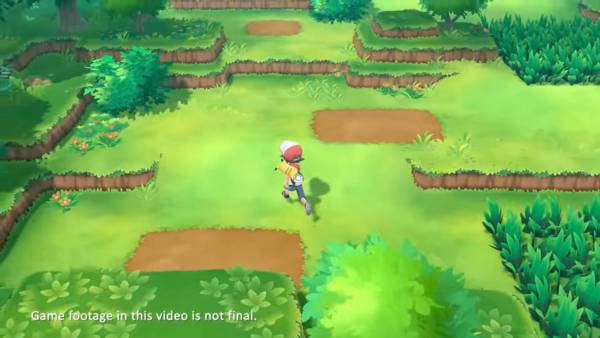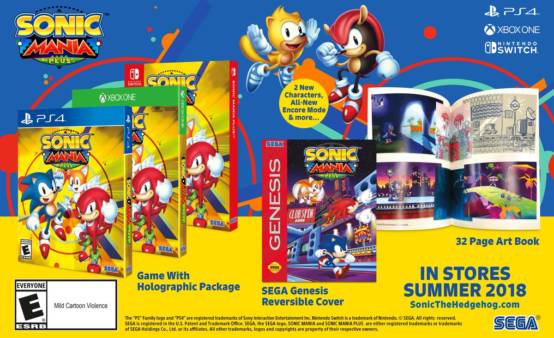In an attempt to capture the essence of 8-bit platformers from the NES era, the team at Yacht Club Games has dug up many of the genre’s tropes and reworked them, trying to add design elements from the modern era to spice up this aging game style. However, is the final product worth you taking up your spade, or does it belong in a shallow grave?
From the outset, Shovel Knight is clear of its pixelated roots. Shovel Knight himself (or herself when Gender Swap mode drops), is a melange of 8-bit characters, taking mechanics from various games to create this pint-sized knight. His jump arc is similar to Megaman, his shovel attack is like Ryu’s sword swipe from Ninja Gaiden, the relics he uses are just like Simon Belmont’s subweapons and his pogo manoeuvre is straight from Scrooge McDuck. Even though all of these elements seem to have been pilfered wholesale from these classic NES games, Shovel Knight still feels all its own.
Even though the 8 boss knights are similar to the Robot Masters from Megaman, even down to their unique stage theme, design and an eventual boss rush in the game’s version of Wily’s Castle, the game either augments this classic trope or adds something new to make these levels unique. In this case, unlike Megaman where you get the boss powerup at the end of the stage, you can acquire the level’s unique relic halfway through it by accessing a secret area, which not only gives you an edge against the boss but also gives you access to more secrets within the rest of the stage. Moreover, almost every level has a different gameplay mechanic which adds to the mix, from using your shovel as a pogo stick to utilising your relics to get through certain areas. For example, Polar Knight’s stage has special platforms which create rainbow paths depending on the direction in which you hit them, requiring you to figure out the best path through an area while dodging enemy fire and staying on these icy platforms.

Make sure to save up that gold. You’ll need it for any relics you miss in a stage.
These additional mechanics make it these levels all their own whilst also having a distinct familiarity to levels in previous platformers. There is a definite call back to Castlevania in Specter Knight’s stage and elements of Air Man’s and Storm Eagle’s stages can be seen in Propeller Knight’s airship. Only one level feels a bit forgettable due to the lack of a unique game mechanic or theme, but it is still well put together and does not feel boring. The overworld is directly inspired from Super Mario Bros 3, complete with roaming bosses and special shortcuts to get you back to the game’s villages. These villages feel like the ones found in Zelda II, but the addition of secrets to find, shops to buy relics, armour and weapon upgrades and much more allows Shovel Knight to pay homage to these classics, while carving its own identity.
The removal of lives and the addition of a checkpoint system adds to this immensely, removing much of the unfairness which can plague this genre and automatically makes Shovel Knight more of a joy to play. The fact that there isn’t the looming threat of you being booted back to the map screen if you die too many times lets you enjoy the game so much more, and allows the game’s stellar level design to shine through, as you aren’t too busy cursing due to a tricky jump. Don’t get me wrong, Shovel Knight is still a challenging game and there is some cheap enemy placement in later stages, but it isn’t on the level of something like Castlevania 3 or Ghosts n’ Goblins. You can wait till New Game Plus if you want a real challenge on par with the legends of the 8-bit era.
The challenge areas are cool additions too, tasking players to use certain relics to complete specially designed courses which test the player’s reactions. I would have liked to see more of these areas, and maybe the use of multiple relics in one course to really challenge a player, but the developers at Yacht Club have promised that these are on the way, along with the ability to play as 3 of the boss knights, adding yet another layer of replayability to the game.

Don’t be fooled by the silver dishes on New Game Plus. Only bombs and pain hide within.
As for presentation, Shovel Knight absolutely nails the retro aesthetic. The game feels like it could run on an NES, down to the almost faithful colour palette and sprite work as well as the soundtrack and sound effects. The soundtrack in this game is absolutely phenomenal, thanks to the awesome work put in Jake ‘virt’ Kaufman and Manami Matsumae, who did the soundtrack on the original Megaman. Some of the tracks found in this game will no doubt become classics like Wily’s Castle from Megaman 2 or The Moon Theme from Ducktales, and this helps make Shovel Knight feel like a lost NES classic. The sprite design and animations are great, the game is full of memorable characters, and the character dialogue and in-game descriptions are superbly written and are pretty damn hilarious in some cases. Each screen simply exudes character, while some of the background designs, especially in the Tower of Fate, look downright beautiful.
